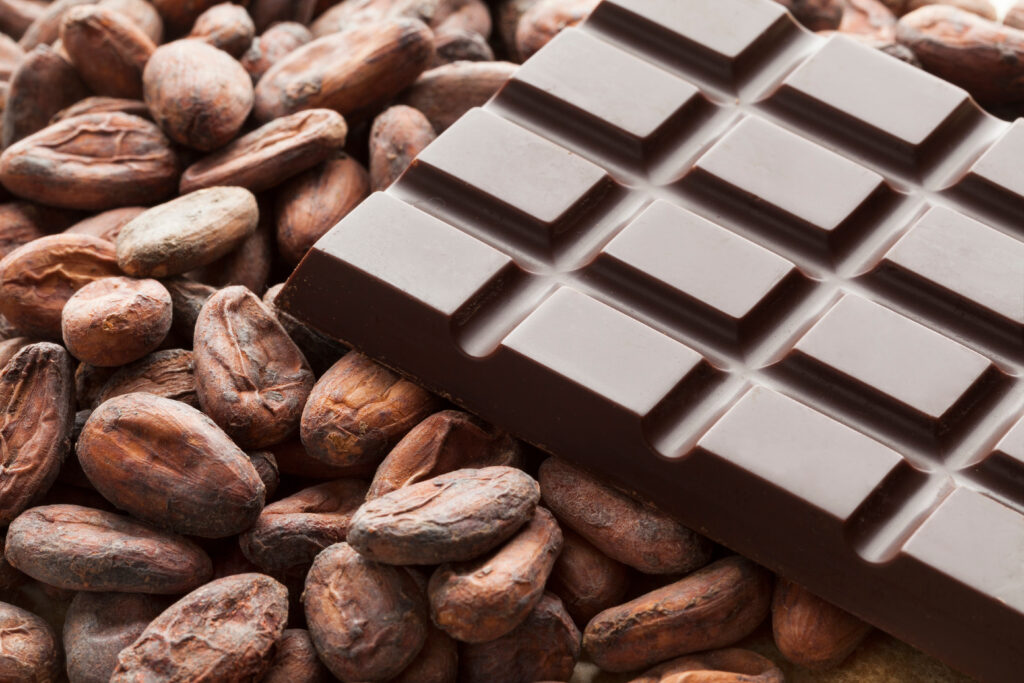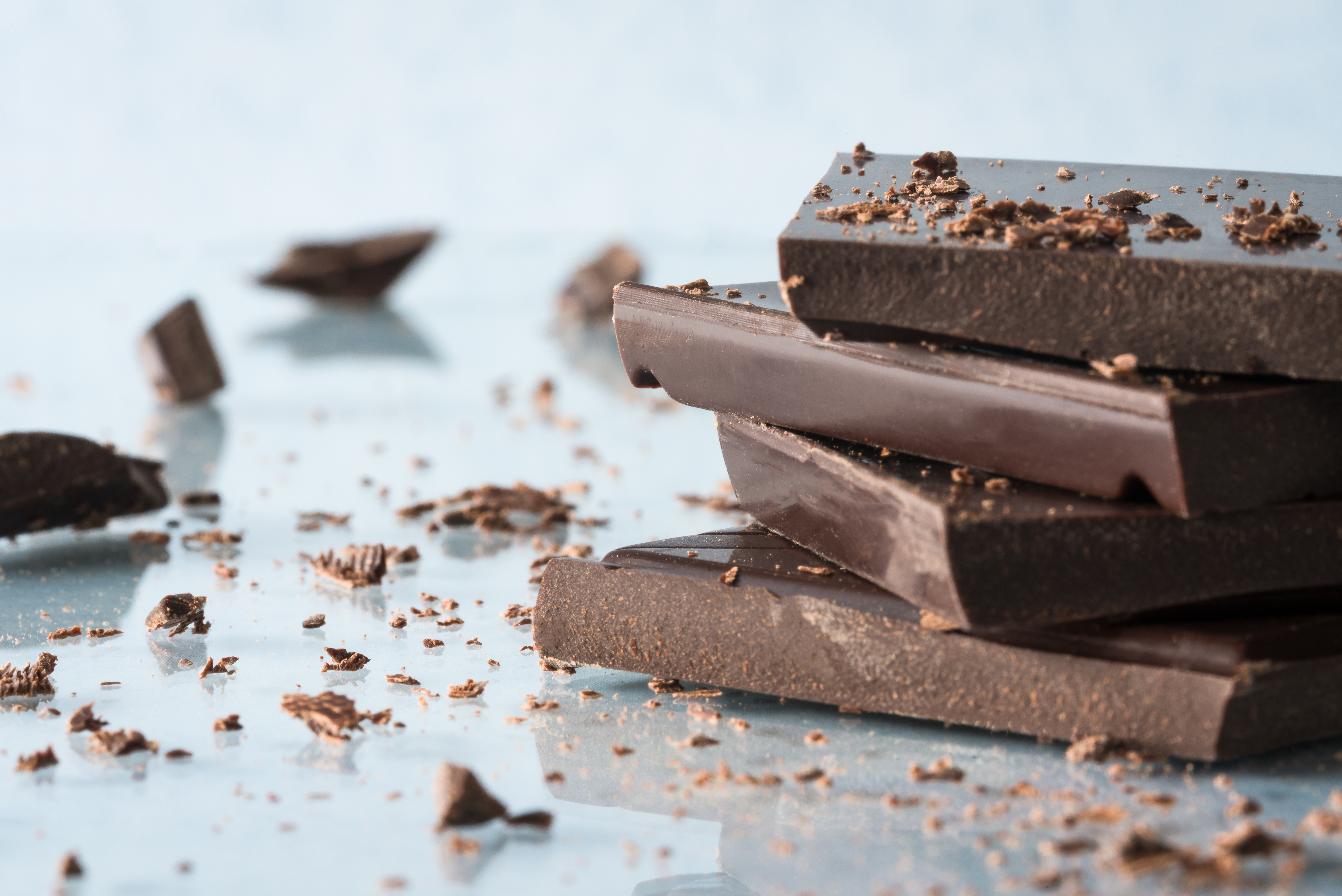Some of the links on this page are affiliate links, which means that Buzzy Kitchen earns commission from purchases made – at absolutely no extra cost to you. Thank you so much for supporting Buzzy Kitchen!
I didn’t know the answer to this question for thirty-five years of my life, which I’m actually a little ashamed about considering how much dark chocolate I actually eat on a regular basis. (I can’t get enough of the stuff!) But are dark chocolate and plain chocolate the same thing? Do you know the answer?
Let’s find out, shall we?
Are Dark Chocolate and Plain Chocolate the Same Thing?
I’m going to get straight to the point, because I know you don’t have time to mess around…
Yes, dark chocolate and plain chocolate are the same thing.
I literally thought they were two different types of chocolate for my entire life, but they are, in fact, two names for the same type of chocolate. There are several ‘hybrids’ of chocolate these days, but both dark chocolate and plain chocolate are made without the milk part of milk chocolate. Instead, it uses more cocoa.
In milk chocolate, the milk and/or butter brings in the fat content. In dark chocolate, however, the fat comes from the increased amount of cocoa butter instead.

When Did Plain Chocolate Become Dark Chocolate?
There doesn’t really seem to be a lot of information out there as to why we call this type of chocolate by two different names. Both names work, though. The chocolate is both plain (without milk) and dark (in colour).
What is Considered Dark Chocolate in the UK?
In some countries around the world, there is a minimum definitive cocoa amount before a chocolate can be called dark chocolate. This is not the case in the UK, although there is a minimum for milk chocolate. (Weird, right?)
What Are Some Examples of Dark Chocolate?
Cadbury Bournville, a popular type of dark chocolate in the UK, has “cocoa solids 36% minimum”.
Most dark chocolates have around 50% to 80% cocoa solids. Those that are designed to be used during cooking are often higher: 70% to 100% cocoa solids.
You’ll often find the percentage on the packaging somewhere. Lindt Excellence, for example, very clearly states “70% cocoa,” or whatever the percentage is. There are also other varieties, such as 85% and 90%.
To give you a little bit of perspective, milk chocolate needs to contain a minimum of 20% cocoa solids and 20% milk in the UK, order to call itself that. If it doesn’t contain at least 20% of those two things, it cannot go on sale under the name “milk chocolate”.
If you travel to the United States, the minimum number of cocoa solids for milk chocolate is just 10%, and if you head anywhere in the EU, the minimum is 25%.
